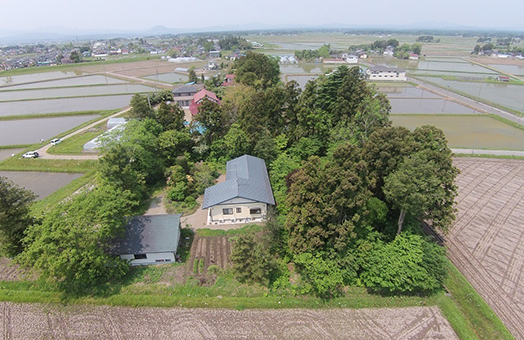
Osaki Kodo’s Traditional Water Management System for Sustainable Paddy Agriculture (Osaki region, Miyagi Prefecture)
In an area plagued by cold weather, floods, and droughts, skilled water management and woods planted close to homes, known as igune, help support agriculture and villages that are strong against natural disasters.
![]()
![]()